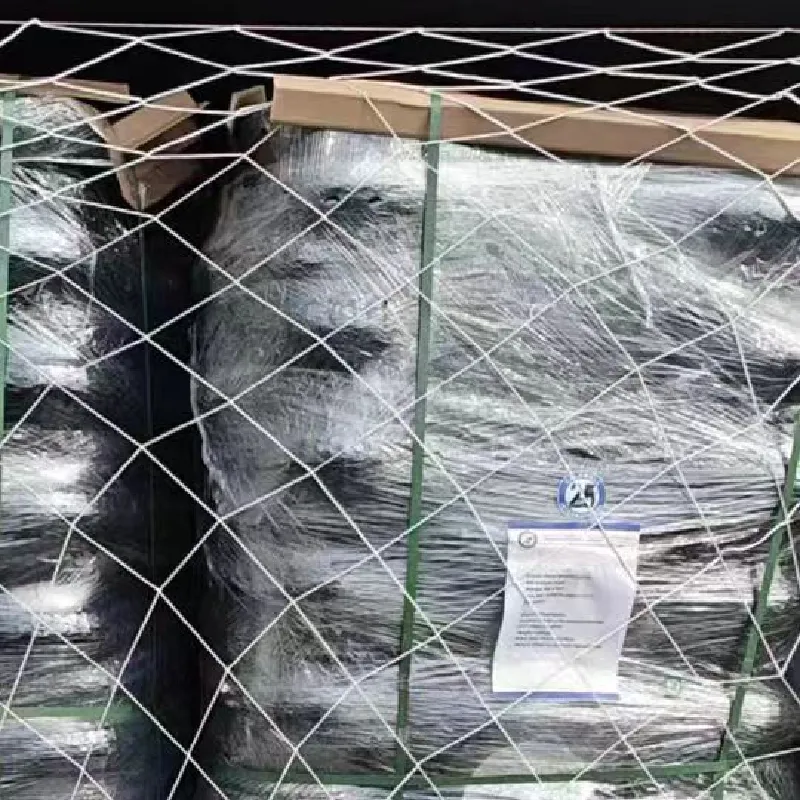Sustainable Safety Solutions for Environmentally Friendly Netting Practices and Applications
The Importance of Green Safety Netting in Construction and Landscaping
In recent years, the construction and landscaping industries have increasingly recognized the significance of green safety netting. This innovative material not only serves crucial safety purposes but also offers environmental benefits that align with the growing demand for sustainable practices. As a result, green safety netting has emerged as a valuable asset for project managers, workers, and the planet.
Safety Application
The primary function of safety netting is to protect workers and bystanders from falling debris. In construction sites, where heights and heavy materials are involved, accidents can happen. Green safety netting acts as a barrier that catches tools, materials, and other objects that may fall from scaffolding or roofs. This protective measure enhances on-site safety, reducing the risk of injuries and fatalities. By incorporating green safety netting, contractors demonstrate their commitment to worker safety, which can improve morale and boost productivity.
Moreover, green safety netting is often treated with UV stabilizers, making it resistant to weathering and degradation. This durability ensures that the netting maintains its integrity over extended periods, a vital factor during lengthy construction projects. The visibility of the green color also plays a role; the bright hue makes it easier for workers to see the netting, serving as a reminder to observe safety protocols and proceed with caution.
Environmental Benefits
green safety netting

In addition to its safety features, green safety netting is a step towards sustainability. Many manufacturers produce this netting from recycled materials, further supporting environmentally responsible practices. Utilizing recycled plastics and textiles reduces the demand for new raw materials and helps divert waste from landfills. By opting for green safety netting, companies can reduce their carbon footprint and promote a more sustainable construction approach.
Furthermore, the color green symbolizes nature and is less intrusive in outdoor settings. In landscaping projects, green safety netting blends more seamlessly with the environment than traditional plastic or synthetic netting in bright colors. This feature is particularly advantageous when contractors aim to maintain the aesthetic appeal of a garden or natural space while ensuring safety. The use of green safety netting helps minimize visual pollution and supports the harmony of natural and constructed landscapes.
Compliance and Regulation
Many local regulations and safety standards require the use of safety netting in various construction activities. Utilizing green safety netting can assist organizations in meeting compliance requirements while upholding ethical labor practices. By integrating safety measures that are compliant with regulations, firms can avoid costly fines and enhance their reputation within the industry.
Conclusion
In conclusion, green safety netting is more than just a protective measure; it embodies the values of safety, sustainability, and compliance. Its critical role in preventing accidents, coupled with its environmental advantages, positions it as an essential component of modern construction and landscaping practices. As industries evolve, the adoption of materials and strategies that prioritize safety and sustainability will become increasingly vital. By choosing green safety netting, companies not only protect their workforce but also show a commitment to preserving the environment for future generations. In doing so, they contribute to a safer, greener world, one construction site at a time.
-
The Versatility of Stainless Steel Wire MeshNewsNov.01,2024
-
The Role and Types of Sun Shade SolutionsNewsNov.01,2024
-
Safeguard Your Space with Effective Bird Protection SolutionsNewsNov.01,2024
-
Protect Your Garden with Innovative Insect-Proof SolutionsNewsNov.01,2024
-
Innovative Solutions for Construction NeedsNewsNov.01,2024
-
Effective Bird Control Solutions for Every NeedNewsNov.01,2024












